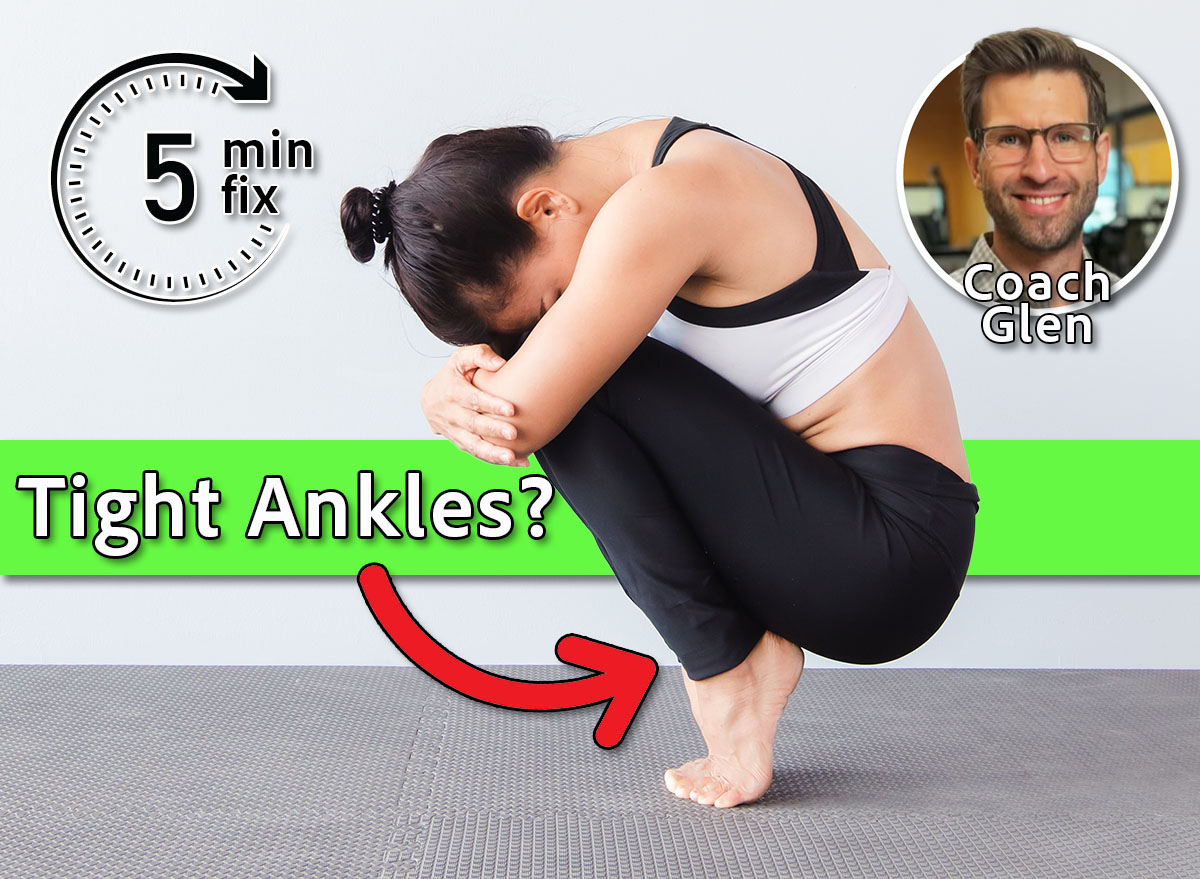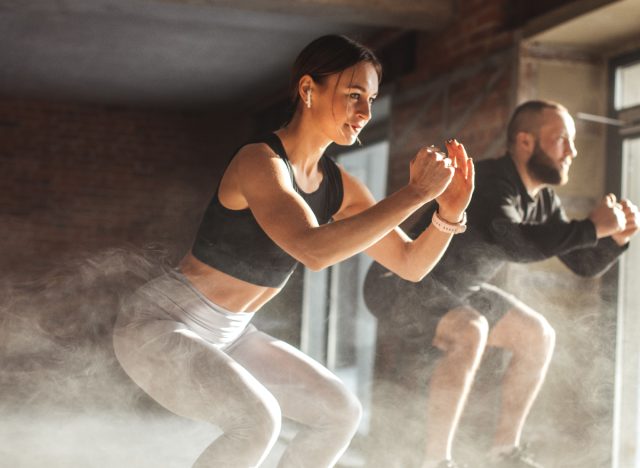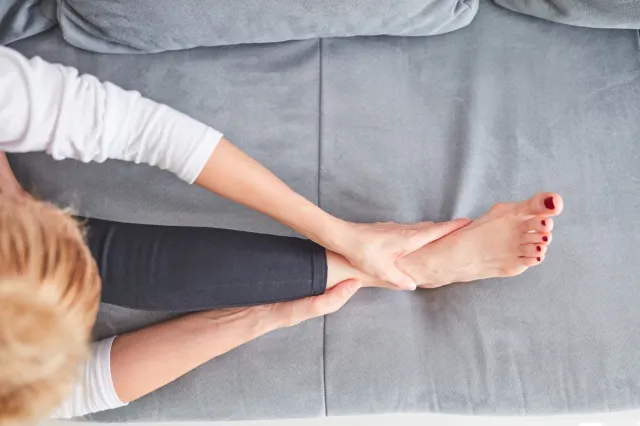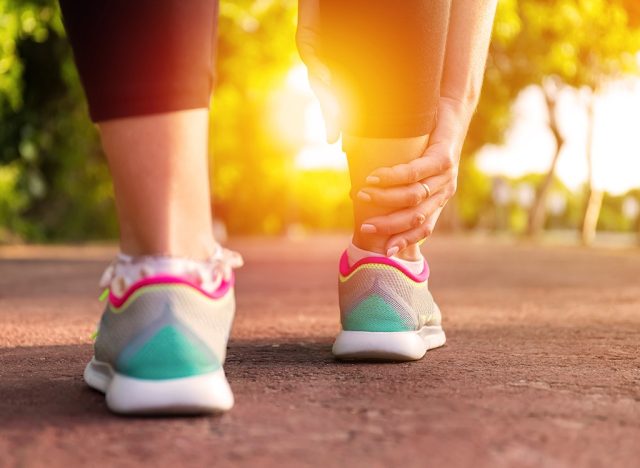3 Ankle Fixes That Instantly Improve Your Squats

Real talk: Ankle mobility can be a total buzzkill. If it’s compromised, it can negatively impact your workout routine—especially when attempting to perform exercises like squats. If tight ankles are hindering your gym time, we’re here with a couple fixes that will be incredibly helpful for lower-body workouts—specifically on squat day.
“Ankle mobility is often overlooked for two reasons. First, it’s not considered an exciting area to train—people prefer focusing on hips or quad strength,” explains Glen Owen, founder of Glen Owen Personal Training in Toronto, Canada. “Simply put, ankles just aren’t ‘sexy’ (I know mine aren’t). Second, ankles are complex joints with numerous bones, ligaments, and small muscles, making them harder to understand.”
When it comes to squats, tight ankles can present issues. This complex movement calls for proper technique.
“There are many different considerations when performing squats correctly,” Glen tells us. “Squatting properly is crucial because ultimately, from a mechanical perspective, if performed incorrectly, you can end up with injuries to certain joints. You may put yourself in a precarious position where your joints are at risk of muscle strain or other soft tissue damage.”
In addition, squatting improperly can cause fatigued muscles, leading to injury and engaging muscle groups you weren’t focused on.
According to Glen, there are certain clues you have limited ankle mobility in your squat.
“One of the first things to observe is how a person squats,” Glen explains. “Do they rotate to one side as they squat? Do they shift weight away from the tighter ankle? Do they feel excess tension in the muscles around the ankles?”
Your personal “mechanics” are quite telling. For instance, a basketball player’s long femurs and short tibias require them to squat differently, as their body proportions and height significantly alter the mechanics of the exercise.
“Because of the long femurs and shorter tibias, they need to hinge at the hips far more, so their squat ends up looking more like a hip hinge in order to maintain their balance,” Glen points out. “It’s not necessarily tight ankles, it’s their own unique bio-mechanics when squatting. Ultimately, this means ankle mobility isn’t always the primary issue.”
How To Improve Your Squat Performance
According to Glen, there are a couple easy ways to boost your squat performance, helping you go lower while building more muscle and strength.
Elevate Your Heels

Glen suggests using weight plates or special shoes to elevate your heels when squatting.
“By elevating the heel, you effectively increase the length of the tibia, allowing for deeper squats,” Glen notes. “For many people, like the NBA basketball player, this is a quick and easy fix. You can do it with weightlifting shoes, a wood plank or specialized equipment, or plain old fashioned barbell plates.”
Train Your Dorsiflexors

Work on building strength in your dorsiflexors, the muscles that pull your foot in toward your shin.
“Strengthening dorsiflexors improves foot control and can help unlock deeper squat depths by giving the nervous system more confidence in movement,” Glen says. “Because the nervous system ultimately governs movement, if you improve the control and strength of all muscles around the ankle (especially the commonly ignored dorsiflexors), your body will ‘unlock’ more depth and release the tightness. After all, tightness is a sensation of the muscles…so more muscle strength = increased range of motion = open and relaxed ankles.”
Understand Your Body Mechanics

Everyone’s body is unique, and it’s very important to have a clear understanding of how your body works.
“Ultimately, understanding your unique body mechanics and targeting ankle mobility can significantly improve squat performance and reduce injury risk,” Glen says.